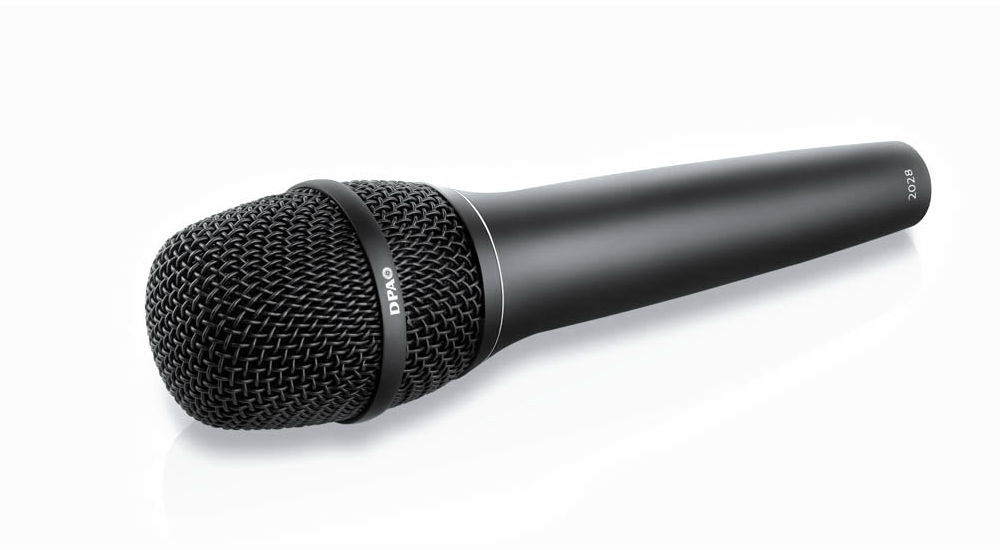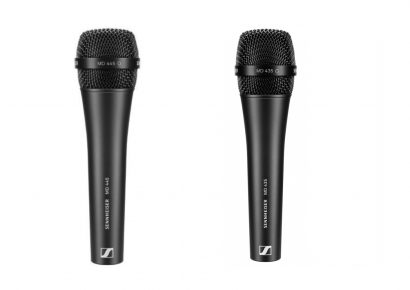Condensers generally get a bad rap for anything other than drum overheads on a live stage, given their tendency to feed back much easier than their moving-coil counterparts, but the DPA 2028 proves to be an exception to the rule.
Opening the generously-foamed travel case, the sleek, black body of the 2028 is rather unassuming. Picking it up however gives a hint of its key differences. The handle is weighty, which gives it a much livelier feeling in the hand. Although I prefer the weight, some performers may find themselves with tired arms faster than with a dynamic mic and as such clipping it onto the stand more often. DPA would seem to prefer this however, given that the specifications for the 2028 on their website includes a wonderfully passive-aggressive chart on how cupping the mic affects the frequency response.
Plugging the 2028 into first into a humble two-channel portable mixer, I sought to understand how it performs in a loudspeaker environment. With nothing but a high-pass filter and some bass rolled off, I was immediately serenaded. The sound was the perfect blend of smooth, warm, yet still crisp and defined. The large dynamic range toted as 117dB presents as a wonderfully loud signal, meaning that you won’t have to pump the gain to get those quiet singers up to level. The resistance to feedback too, was thoroughly impressive.
The amount of low end present in the 2028 was surprising considering the almost Uluru-shaped frequency response graph. It rolls off at 100Hz and again at 16Hz, but is otherwise very flat with only a small bump at 8-9kHz. There is a permanent high-pass filter at 80Hz which is very sensible, considering I ended up ramping the filter up to about 120Hz in a ProTools mix test. Overall, the untreated sound was the perfect blend of warm and crisp. Even under compression the sibilance was controlled and clean, with plenty of consonant definition. The bass response was perfect for capturing the lows of a baritone singer and would surely give the much-needed oomph for higher registers.
One does need to be aware of the potential for pops that comes with a condenser however. It seems that the inbuilt filter does a decent job, but in about six minutes of recording I had two fairly nasty pops come through. I might have just been unlucky but the mic was about 15cm away from the mouth at time of recording, so I wouldn’t blame proximity. In a live scenario however, pops are more or less ever-present with more common dynamic microphones and usually slip under the radar when performing alongside noisy ensembles or backing tracks.
For a live band or a studio recording, I wouldn’t hesitate to grab the DPA 2028. For the price range, there really is nothing it could be performing better other than with pop shielding, which can be easily remedied with a second filter in studio environments.

